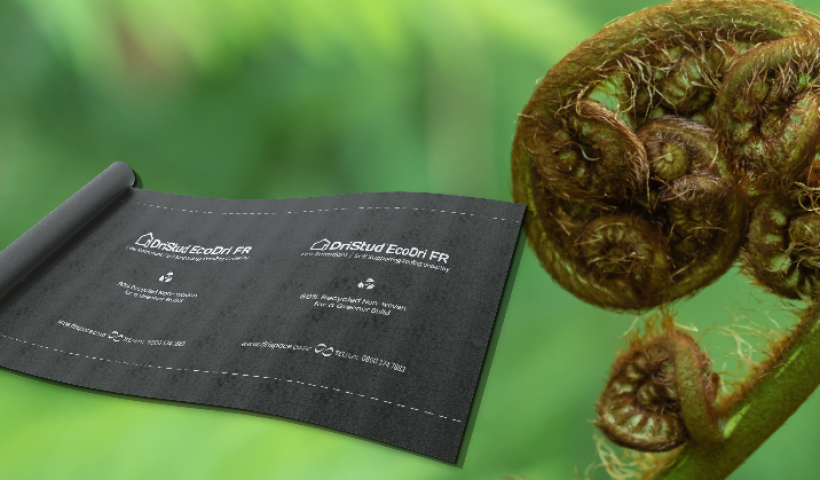 NEW
NEW
Effective air barriers when used on the exterior of a building have been proven to reduce energy losses associated with heating and cooling a building, by as much as 70%. The small extra cost of adding an air tight underlay, ensures that the extra investment now being made on insulation to meet H1 requirements, doesn’t go to waste due to excessive air leakage.
In the pursuit to achieve airtightness, vapour permeability should not be overlooked. Vapour movement must be considered when choosing the air barrier for the building envelope — both infiltration and exfiltration. Selection of an underlay which contributes as little resistance to the passage of vapour exiting the building is vital. Careful consideration should also be given to the rigid air barrier behind the underlay, as there is a significant difference between the vapour permeability of plywood, fibre cement and plasterboard.
Vapour that is met with resistance is going to take longer to pass through to the exterior of the building envelope. With too much resistance, vapour is highly likely to condense before it can pass out through the air barrier and will result in a moisture issue within the structural wall or roof space. This is known as interstitial condensation.
ProctorPassive Wraptite SA is a self-adhered, water resistant, exceptionally high vapour permeable air barrier wall and roof underlay. Wraptite SA’s high vapour permeability allows sheathing to dry quickly and moisture to escape. This ensures good indoor air quality by reducing the likelihood of mould, mildew, condensation, timber distortion and metal corrosion.
Many self-adhered flexible wall underlays commonly used actually have very poor vapour permeability, despite making claims to be very high. This is due to the adhesive they use as a backing, having no or very limited vapour permeability. Wraptite SA uses the most vapour permeable adhesive technology available. Compare Wraptite SA to the more commonly used self-adhered underlays on the market and you’ll find that it is eight times more vapour permeable.
For specifiers keen to go to the next level in seeking Passive House standard, ProctorPassive air and vapour control barriers are Passivhaus Institute approved. SmartVap is a vapour control layer for use internally. For more humid environments such as indoor pools and spa rooms use ProctorGeo Vap120.
For confidence in specifying Wraptite SA, underlays, tapes and accessories, will be supported by CodeMark.













 Case Studies
Case Studies








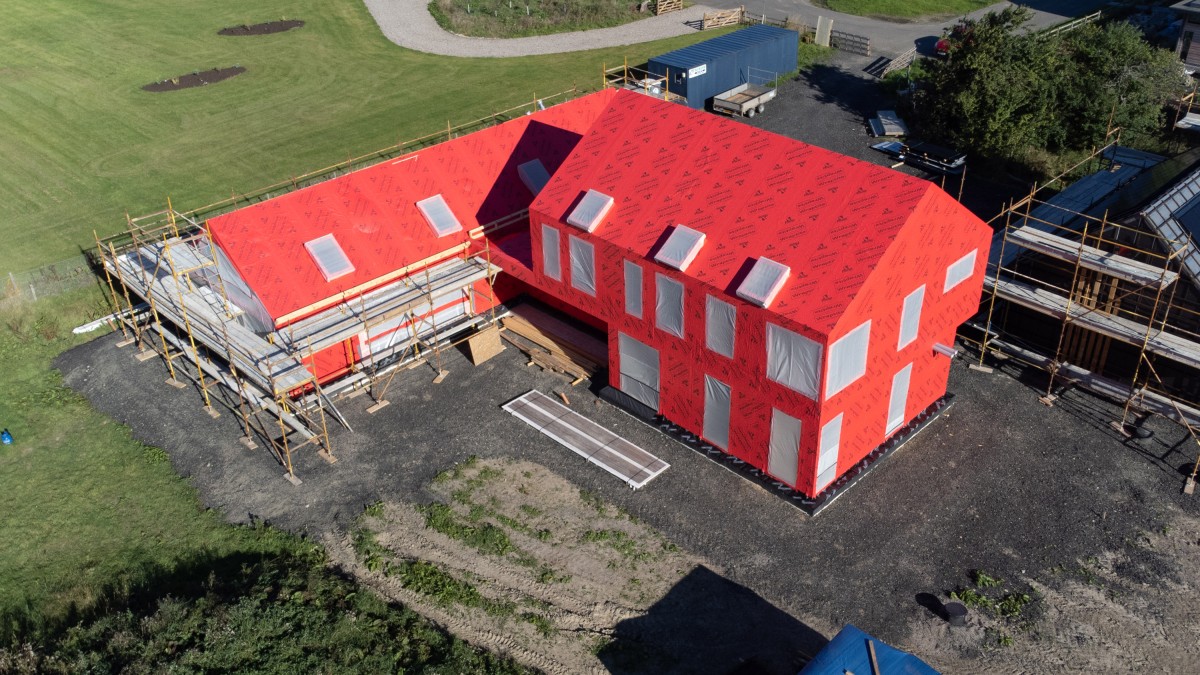
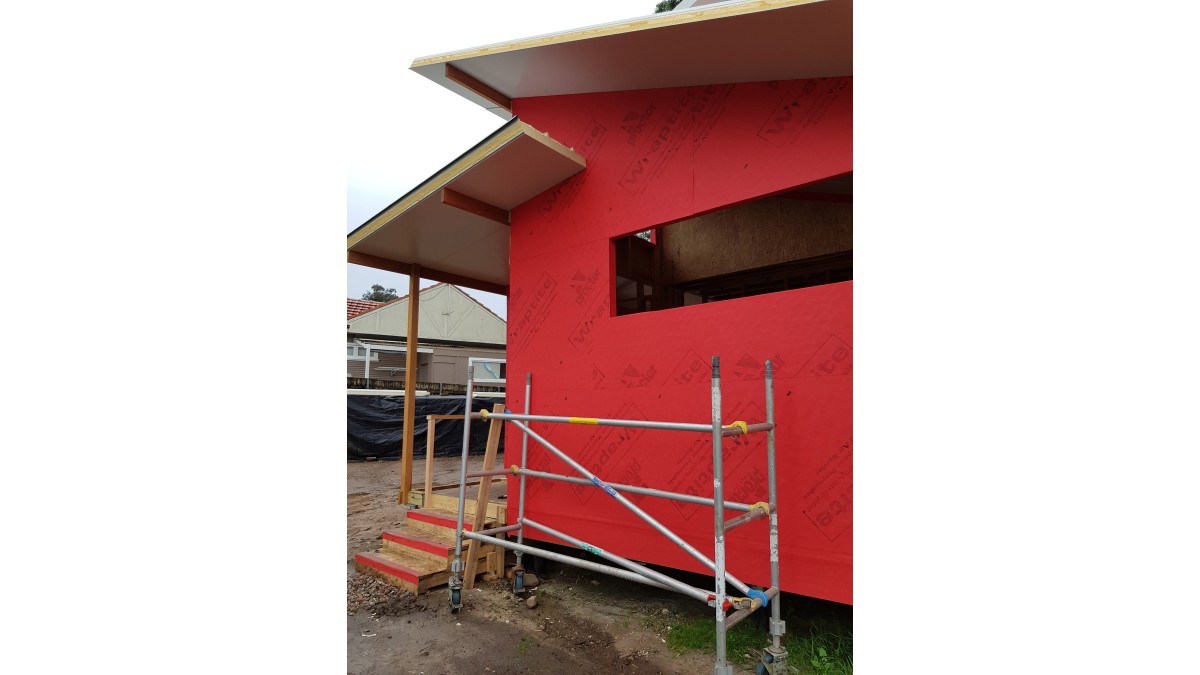
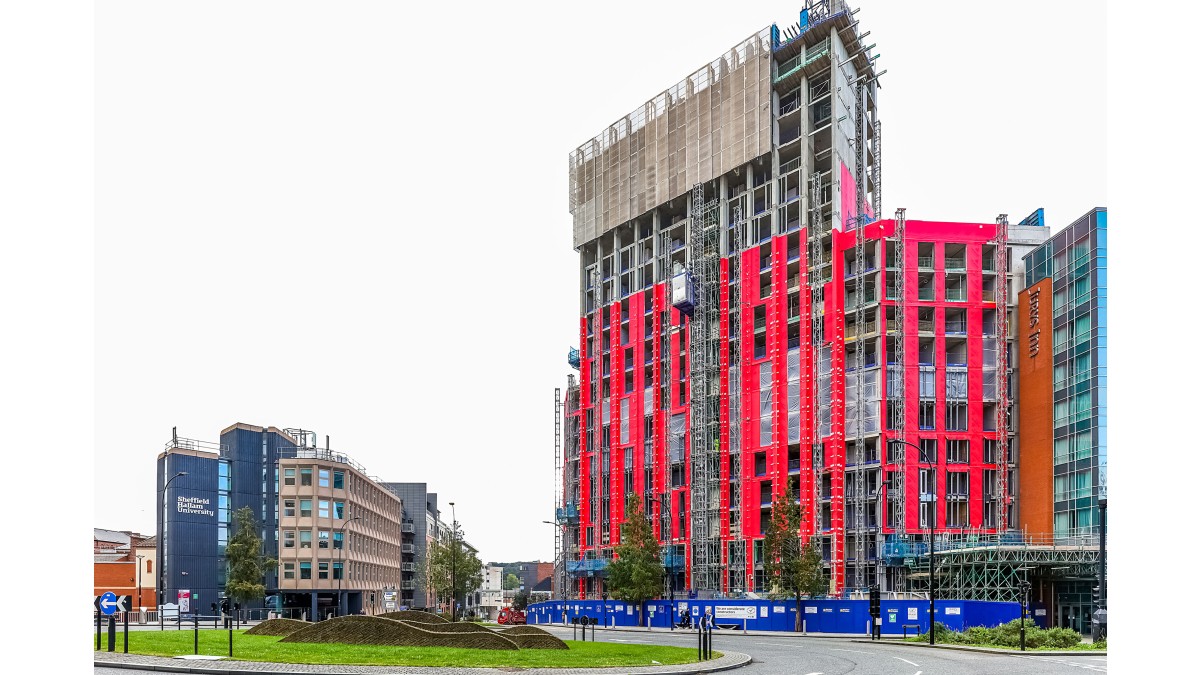





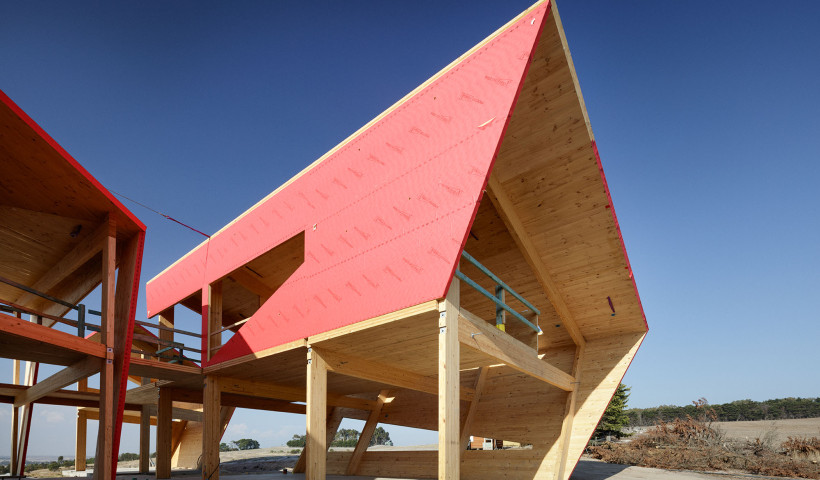

 Popular Products from DriSpace
Popular Products from DriSpace


 Most Popular
Most Popular


 Popular Blog Posts
Popular Blog Posts